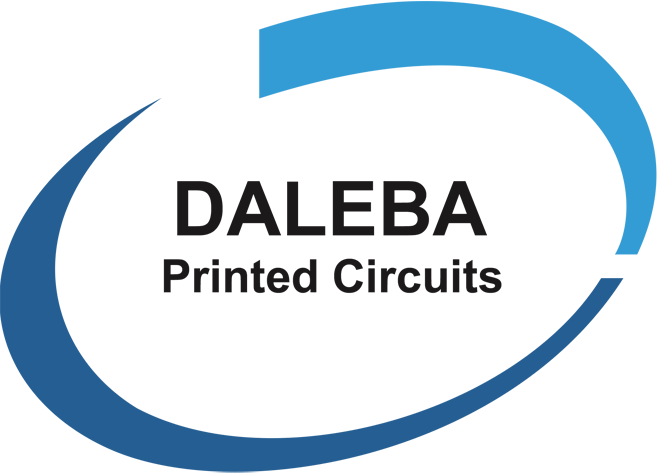
Alumina Oxide (Al2O3) PCB (96% & 99.6%)
The most common material used for Ceramic PCBs is Alumina Oxide (96%). A naturally excellent electrical insulator with strong thermal properties. The thermal conductivity of Alumina is not as high as Aluminium Nitride, however it is still noticeably higher than the best performing Metal Clad PCB materials with a Thermal Conductivity in the region of 24W/mK. Another variant of this is Al2O3 (99.6%) which has a higher Thermal Conductivity, in the region of 29W/mK.
A high light reflectivity, along with good thermal properties makes Alumina Oxide well suited for LED applications. Whilst low values of thermal expansion and signal loss make it suitable for a range of applications including sensor modules, high-frequency systems and cooling systems.
Advantages
Technical Specifications
Download our complete design rules below. If you have different requirements, or have any questions please contact us.
Aluminium Nitride (AlN)
If a higher thermal conductivity is required then Aluminium Nitride (AlN) will be required. AlN has a superior thermal conductivity; depending on options, the conductivity achieved will be between 150-170W/mK.
This, along with a very low CTE and high operating temperatures makes AlN suitable for a variety of applications including; High power LEDs, testing, sensors, Integrated Components (ICs) and more.
Advantages
Technical Specifications
Download our complete design rules below. If you have different requirements, or have any questions please contact us.
Silicon Nitride (SiN)
| Property | Unit | SiN |
|---|---|---|
| Thermal Conductivity | W/mK | 85 |
| Coefficient of Thermal Expansion (CTE) | x 10¯6/K | 2.6 |
| Dielectric Constant | - | 9 |
| Signal Loss | x 10¯3 | 0.2 |
| Light Reflectivity | % | - |
| Breakdown Voltage | KV/mm | 15 |
| Rupture Strength | Mpa | 800 |
| Max Operating Temperature | SiN |
|---|---|
| Substrate | 850° |
| Cu Conductor | 300° |
| Solder Resist | 100°C |
| Glass Resist | 500°C |
Sign up to receive a monthly PCB newsletter containing the latest information in the world of PCBS including new technology and supply chain information.
Sign up Now